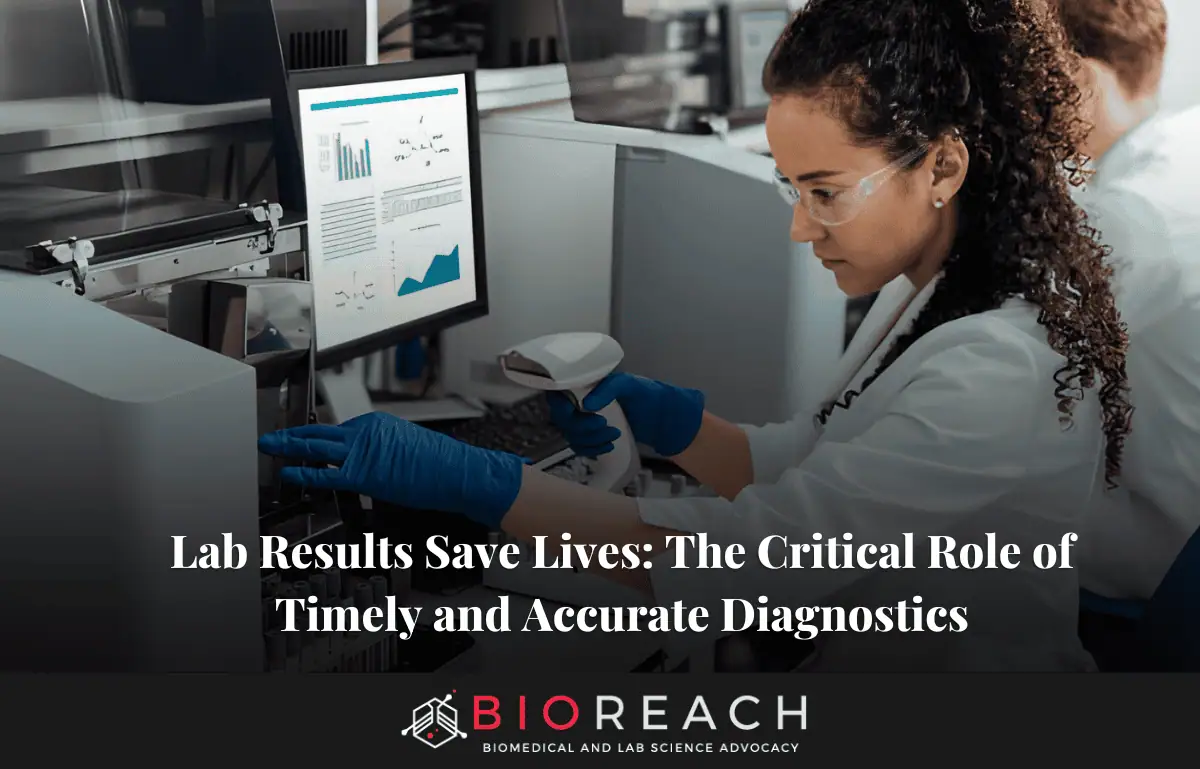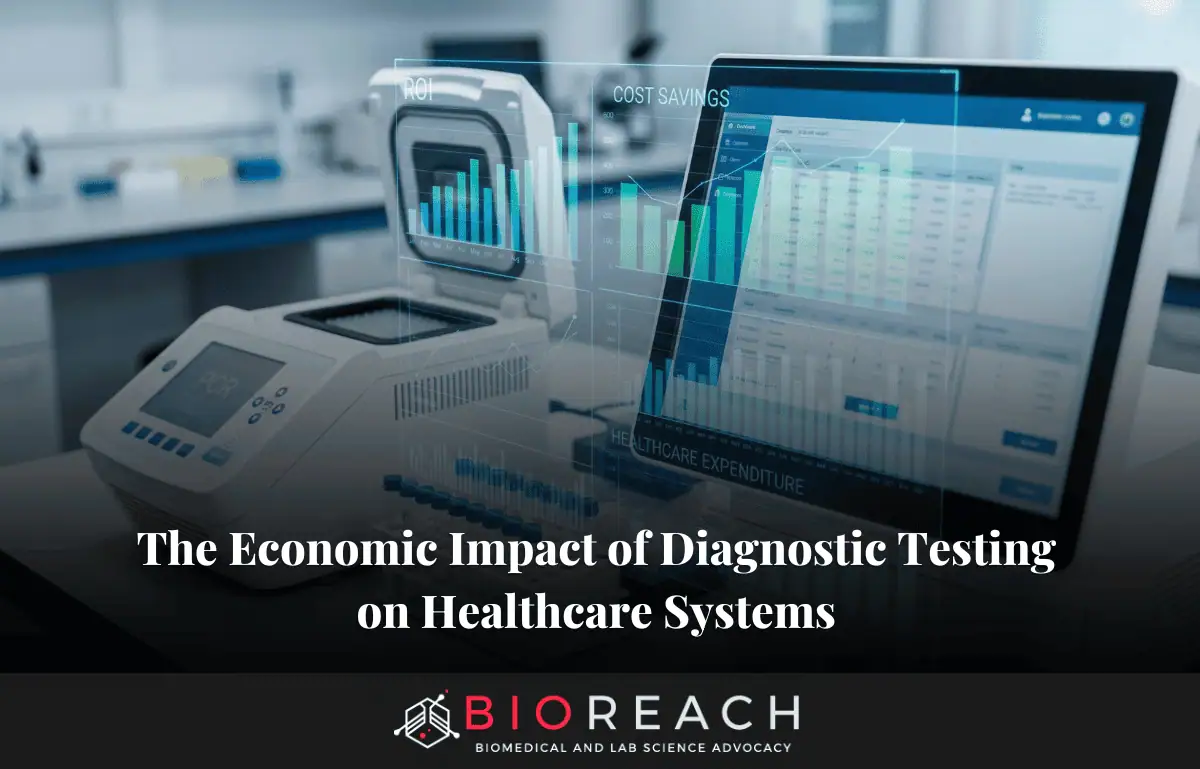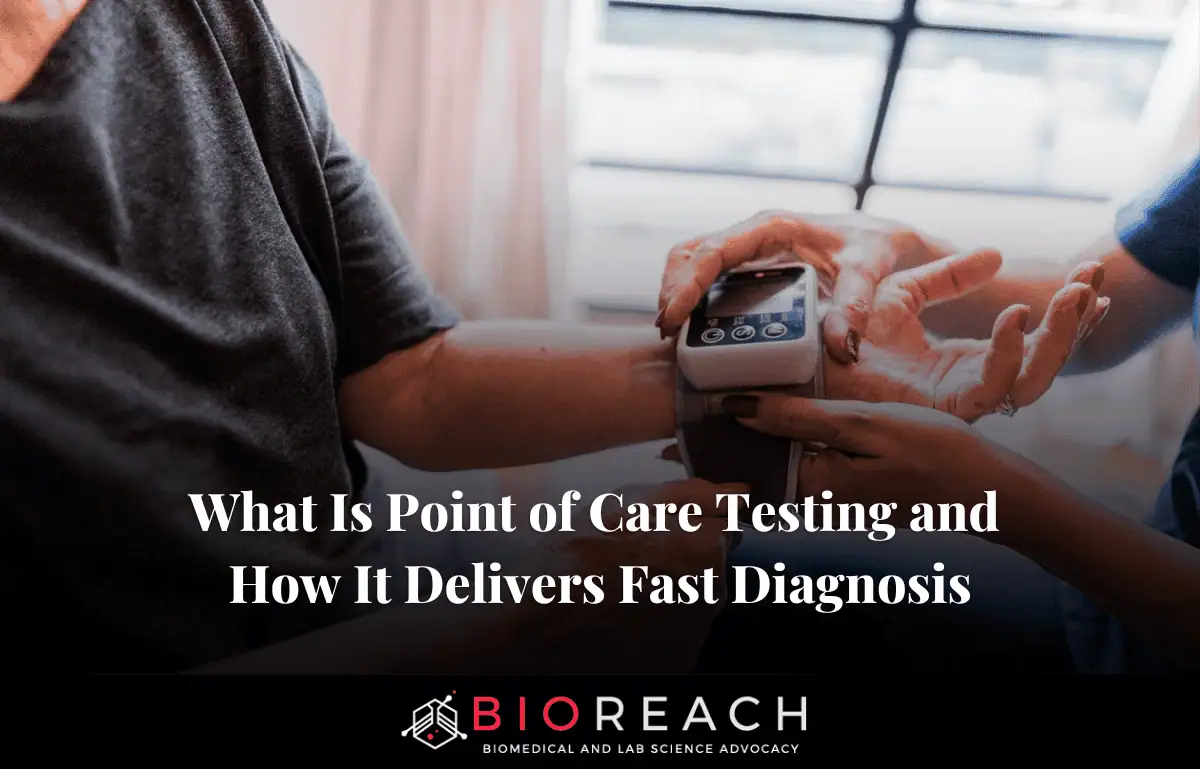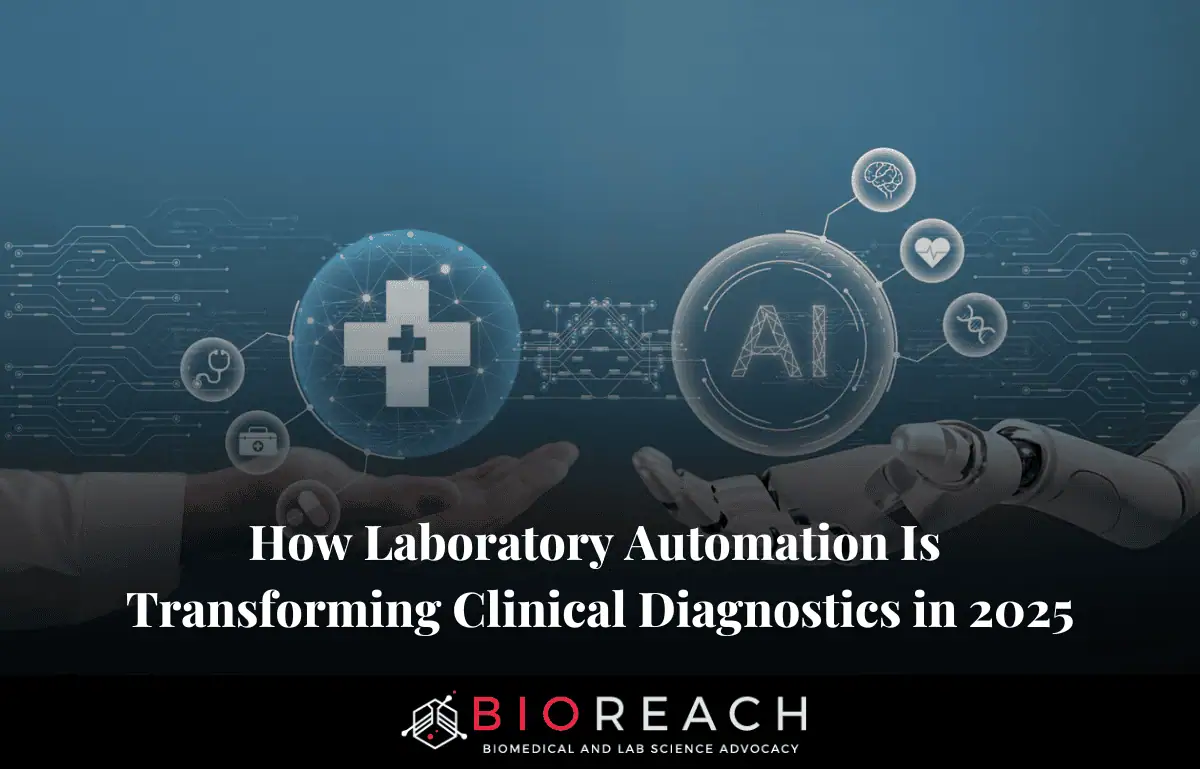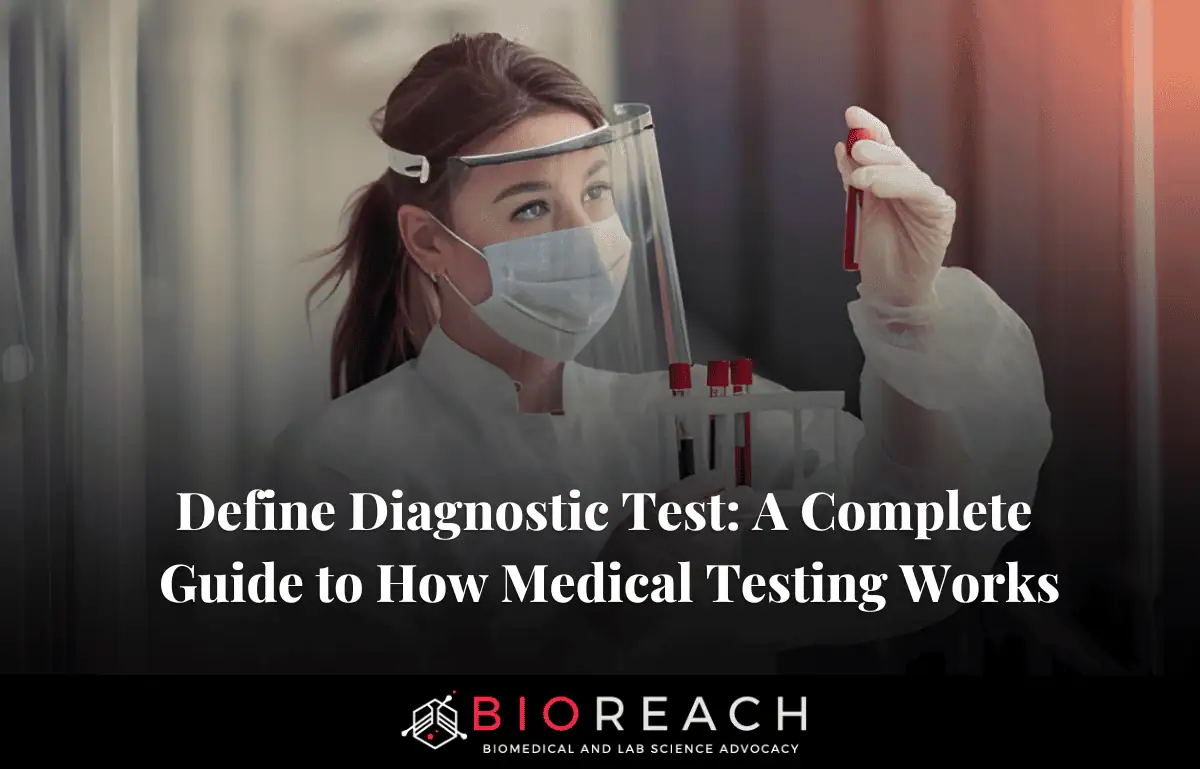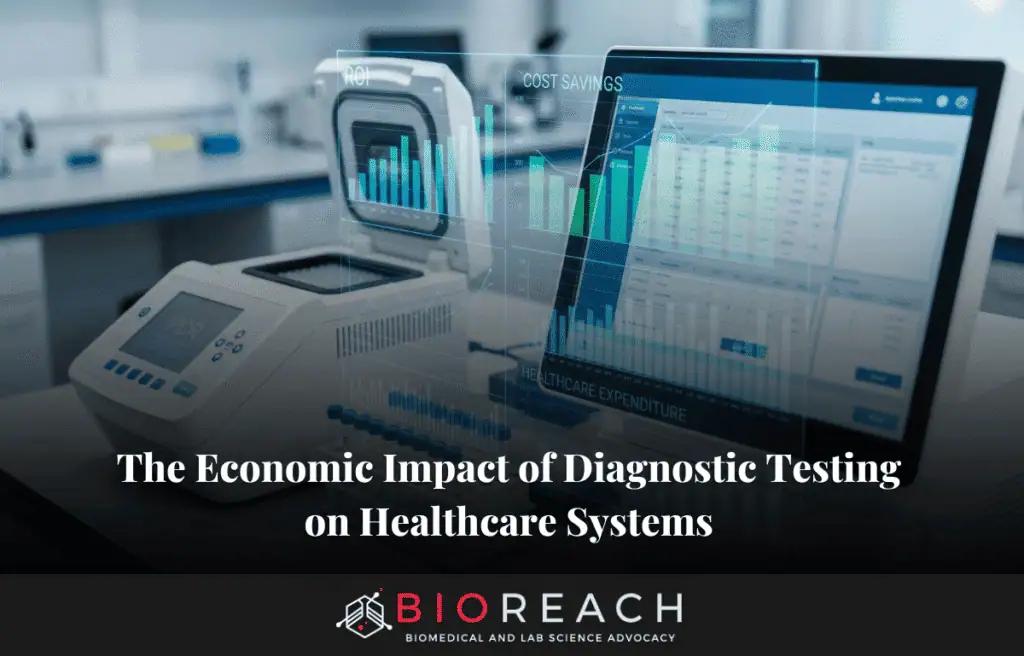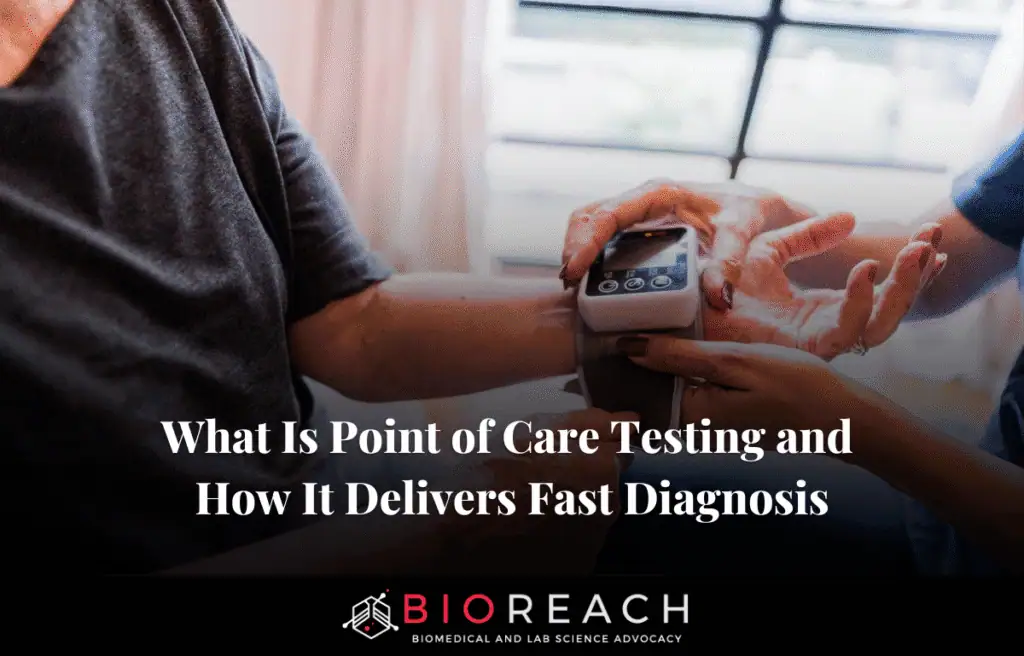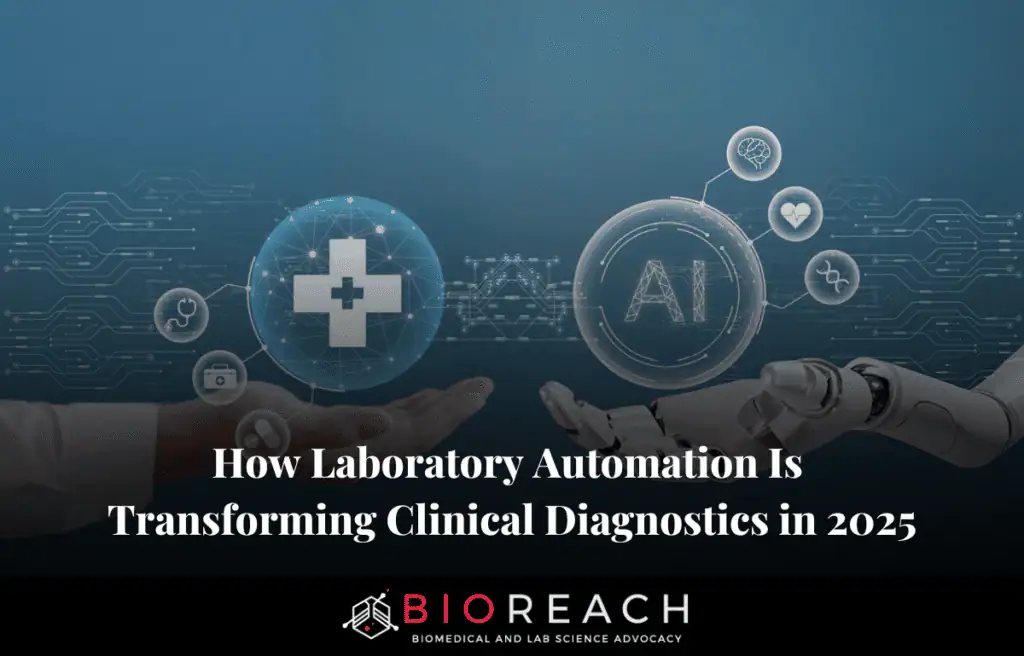Timely and Accurate Diagnostics are the backbone of modern healthcare, often making the difference between early intervention and life-threatening delays. From routine blood tests to advanced imaging, diagnostics provide the crucial insights doctors need to identify diseases, monitor conditions, and guide treatment decisions. In fact, lab results influence nearly 70% of medical decisions, underscoring their vital role in patient care. This article, Lab Results Save Lives: The Critical Role of Timely and Accurate Diagnostics, explores why fast and precise testing is essential, how it impacts outcomes, and the future innovations shaping diagnostic excellence
In the high-stakes world of modern healthcare, where decisions can mean the difference between life and death, laboratory results stand as silent sentinels guiding clinicians through uncertainty. Clinical laboratory testing informs approximately 70% of medical decisions, from diagnosing infections to monitoring chronic conditions and predicting treatment outcomes. This article explores the pivotal role of timely and accurate lab diagnostics, drawing on real-world examples, technological advancements, and ongoing challenges to illustrate how labs are not mere support systems but frontline warriors in the battle for human health.
Consider the chaos of an emergency department during a pandemic or outbreak. Without rapid, reliable lab data, physicians are left navigating blind. But with it, they can triage patients effectively, initiate life-saving interventions, and curb the spread of disease. The power of knowing, through precise biomarkers, genetic sequencing, or simple blood panels, transforms guesswork into targeted action. In an era where healthcare expenditures soar and patient volumes overwhelm systems, optimizing lab processes isn’t optional; it’s imperative for survival.

The Imperative of Timely and Accurate Diagnostics
Timeliness in lab results is akin to a ticking clock in a thriller; every second counts. In critical scenarios like sepsis or acute infections, delays can escalate mortality rates dramatically. For instance, in sepsis management, where every hour of delayed antibiotic administration increases death risk by 7-10%, rapid diagnostics are non-negotiable. Traditional lab workflows, often bogged down by sample transport and batch processing, can take hours or days, but innovations like point-of-care testing (POCT) and automated systems are slashing these times to minutes.
A prime example comes from UCLA Health, where an automated blood testing system processes samples around the clock, delivering life-saving results in minutes for emergency room patients. This setup handles tubes from the hospital, ER, and clinics, ensuring that critical values, like elevated troponin indicating a heart attack, are flagged instantly. Such speed not only accelerates treatment but also optimizes resource allocation, allowing clinicians to prioritize high-risk cases.
In prehospital settings, timeliness takes on even greater urgency. Paramedics in Wollongong, Australia, began drawing blood during IV insertions, reducing result turnaround by 50 minutes without errors, thanks to targeted training. This simple protocol shift exemplifies how integrating lab draws into frontline care can preempt complications. Similarly, urban prehospital whole blood programs have shown promising survival rates in trauma patients by enabling immediate transfusions based on rapid on-scene testing.
Beyond emergencies, timeliness aids preventive care. Early detection of acute febrile illnesses through strengthened lab capacities, as urged by the US CDC for regions like Nigeria, can halt outbreaks before they spiral. In chronic care, timely monitoring, such as serial blood work for opioid management, helps providers identify risks and adjust therapies, preventing overdoses. The economic ripple effect is profound: faster diagnostics reduce hospital stays, lower costs, and free up beds for others. In-hospital labs, by minimizing external transport delays, enhance patient safety and cut turnaround times for critical tests.
However, achieving this speed requires more than technology; it demands systemic integration. 24/7 lab services, as highlighted in Indian hospitals, underscore how round-the-clock availability directly correlates with reduced decision-making time and improved patient experiences. Without timeliness, even the most accurate test loses its life-saving potential.
The Cornerstone of Accuracy in Diagnostics
While speed grabs headlines, accuracy is the bedrock that ensures interventions hit their mark. Inaccurate results can lead to misdiagnosis, unnecessary treatments, or overlooked threats, amplifying harm. Diagnostic errors, stemming from misinterpretation, biases, or procedural flaws, contribute to patient safety lapses worldwide. Quality control (QC) is paramount, with standards measuring process reliability to safeguard outcomes.
Accuracy shines in infectious disease control. Reliable testing prevents disease spread, as seen in high-quality QCs for outbreaks. During COVID-19, rapid antigen tests in ERs boasted 100% specificity and positive predictive value, enabling swift triage despite PCR’s limitations. Pulse oximeters, advocated for home use, detected silent hypoxia faster than swab tests, which are only 70% accurate.
In molecular diagnostics, accuracy detects resistance genes in sepsis, guiding antibiotic choices and slashing mortality. Antibody pairs for field-level performance in dengue and hepatitis B exemplify how precise tools extend beyond labs to remote areas. Laboratory-developed procedures (LDPs) have improved care quality, with cleared tests outperforming predecessors.
Accuracy also underpins personalized medicine. Pharmacogenomics tests predict drug responses, avoiding adverse events. In blood banking, real-life case studies train technologists to ensure transfusion safety. Yet, challenges like improper calibration can skew results; regular maintenance and documentation are essential. Ultimately, accurate diagnostics empower clinicians, fostering trust and better adherence.

Real-World Case Studies: Diagnostics in Action
Case studies vividly demonstrate how timely and accurate labs translate to saved lives. At P23 Labs, success stories highlight testing’s impact on individuals, from early cancer detection to managing rare diseases. In one instance, rapid sequencing identified infection causes in under eight hours, a technique proven to be lifesaving since 2014.
During the COVID-19 era, the UK’s RECOVERY trial used platform diagnostics to test multiple drugs, discovering dexamethasone’s mortality-reducing effects. In Nigeria, Peter Obi’s donation for lab upgrades in flood-prone areas boosted early detection, vital for community health. Sepsis cases further illustrate: Lab professionals’ diagnostics during I have the tool results. Now, compile an article based on this.
Pandemics improved outcomes.
Biomedical research cases show that knowledge building leads to treatments. EDTA-induced pseudothrombocytopenia post-COVID highlights nuanced accuracy needs. These narratives underscore labs’ transformative power.
Technological Advances Revolutionizing Diagnostics
2024-2025 has seen explosive growth in diagnostic tech, with AI and automation leading. AI enhances accuracy, streamlines workflows, and addresses shortages. For diagnosis, AI interprets results, as in Judith Miller’s case, where it clarified anomalies.
Microfluidics enables minimally invasive tests. Molecular diagnostics expand to STIs and AMR via POC. Biosensors emerge as tools in clinical apps. AI note-taking and disease prediction top 2025 watch lists.
Data analytics and cybersecurity bolster labs. These advances promise faster, more accurate results, but adoption varies.
Challenges Hindering Optimal Diagnostics
Despite progress, challenges abound. Stretched budgets, increasing workloads, and recruitment difficulties plague labs. Molecular labs face 21 hurdles, from tech integration to ethics.
Data fragmentation impedes comprehensive care; without full lab data, treatments falter. Specimen shortages delay validation. Turnaround time and operational silos persist.
Regulatory hurdles for innovative diagnostics, especially in infections, require navigation. Solutions include centralized resources and training.
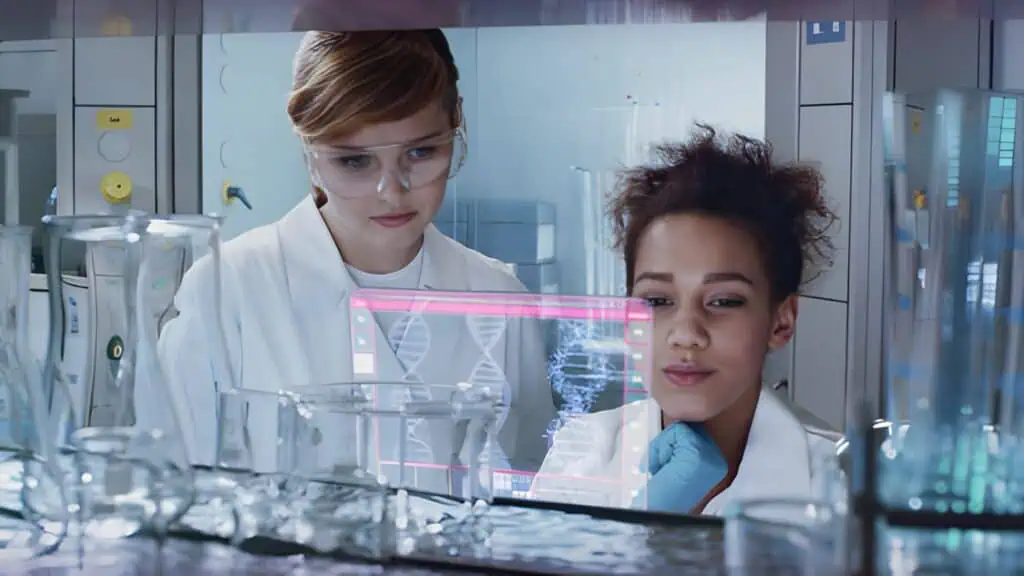
Future Directions: Toward a Diagnostic Renaissance
Looking to 2026 and beyond, AI integration will enhance diagnostic precision. Smarter strategies with flexible panels will dominate. Advanced nuclear tech and biosensors will expand applications.
Equity-focused efforts, like global symposia, will amplify labs’ role. Adaptive surveillance for rare events, using layered methods, will safeguard regenerative medicine.
Conclusion
Lab results do more than inform; they save lives by enabling timely, accurate decisions in a complex healthcare landscape. From emergency triages to chronic monitoring, their impact is undeniable. As technologies evolve and challenges are addressed, the future holds promise for even greater efficacy. Investing in labs isn’t just about health; it’s about humanity’s resilience.

